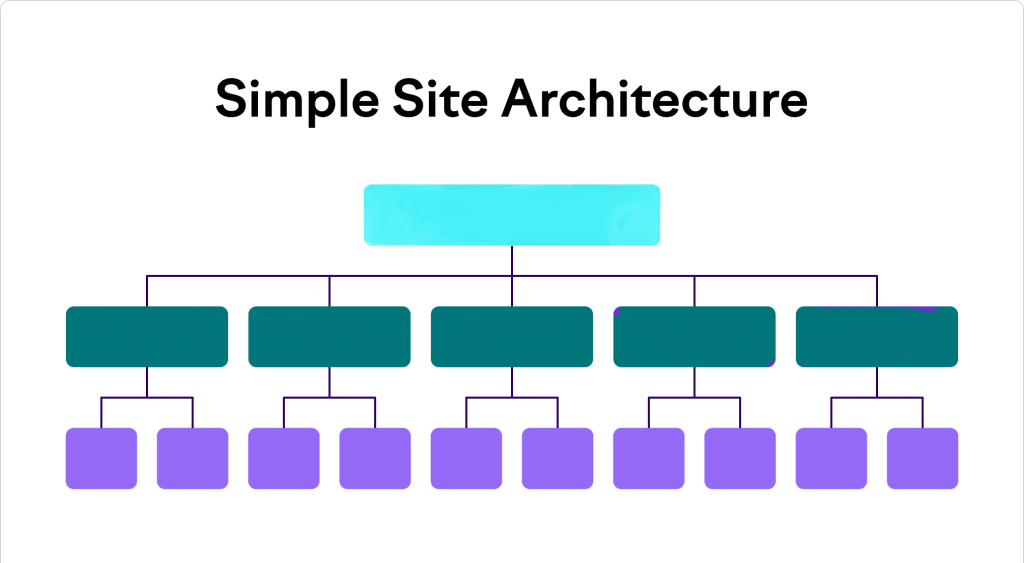Introduction
Website Architecture is very important for every developer. In the latest virtual age, having a well-established internet site is critical for online success. Website structure refers back to the enterprise and shape of a website’s content, pages, and navigation. It plays a vital role in user experience, search engine optimization (SEO), and overall website performance. This article will provide you with a comprehensive guide to creating an effective website architecture that drives traffic, engages visitors, and enhances your online presence.
Create a sitemap using Website Architecture guideline
Create a sitemap that lists all your website’s pages to help search engines alphabetize your website increasingly effectively.
Use header tags using Website Architecture guideline
Use header tags (H1, H2, H3, etc.) to create a well-spoken structure for your content. Header tags help search engines understand the importance of each section of your content.
Avoid indistinguishable content
Avoid indistinguishable content by using canonical tags to indicate the preferred version of a page if you have multiple versions of the same content.
Optimize your images
Optimize your images by reducing their file size and subtracting alt tags. This helps modernize your website’s load time and makes it increasingly wieldy to users with visual impairments.
Use internal linking
Use internal linking to create a strong internal structure for your website. This helps users and search engines navigate your website and understand the relationships between your pages.
Use external linking
Use external linking to high-quality websites to provide context for your content and build your website’s authority.
Website Architecture guideline
Use responsive design
Use responsive diamond to ensure your website is optimized for variegated screen sizes and devices. This is essential for mobile SEO.
Improve your website’s load time
Improve your website’s load time by compressing images, minifying code, and using a content wordage network (CDN).
Optimize your website’s code
Optimize your website’s lawmaking by using wipe HTML and CSS, lamister inline styles, and using JavaScript only when necessary.
Use social media integration
Use social media integration to modernize your website’s visibility and momentum traffic from social media platforms.
Ensure your website is secure
Ensure your website is secure by using HTTPS and SSL certificates. This improves your website’s trustworthiness and security.
Monitor and unriddle your website’s performance
Monitor and unriddle your website’s performance using tools like Google Analytics to identify areas for resurgence and track your progress.
Website Architecture guideline
- How to Build an Email List: A Step-by-Step Guide for Beginners
- The Power of Personalization in Email Marketing: A Comprehensive Guide
- 10 Email Marketing Tips for Small Businesses: How to Boost Your Sales
- How do I Create an Email Marketing Campaign?
- White Hat Link Building Service
In conclusion, website tracery is a hair-trigger factor in SEO, and these weightier practices can help modernize your website’s visibility and ranking. By creating a logical hierarchy, using descriptive URLs, using header tags, and internal and external linking, you can help search engines understand your content better. Additionally, optimizing your images, improving your website’s load time, and using social media integration can help modernize user wits and momentum traffic to your website. Finally, by monitoring and analyzing your website’s performance, you can continually optimize your website’s tracery for weightier SEO performance.

